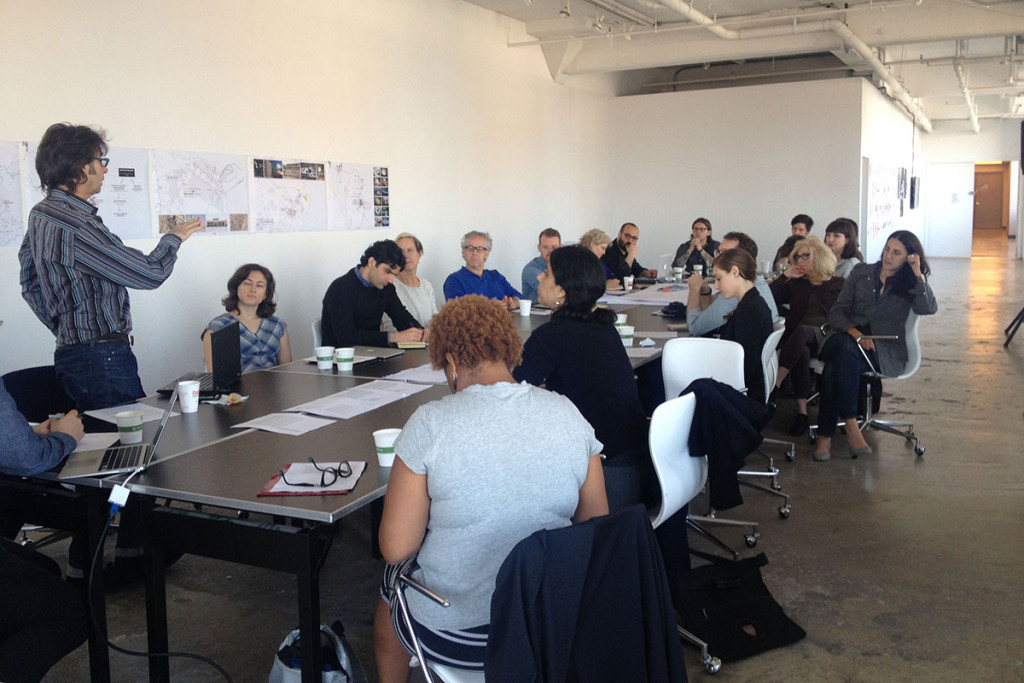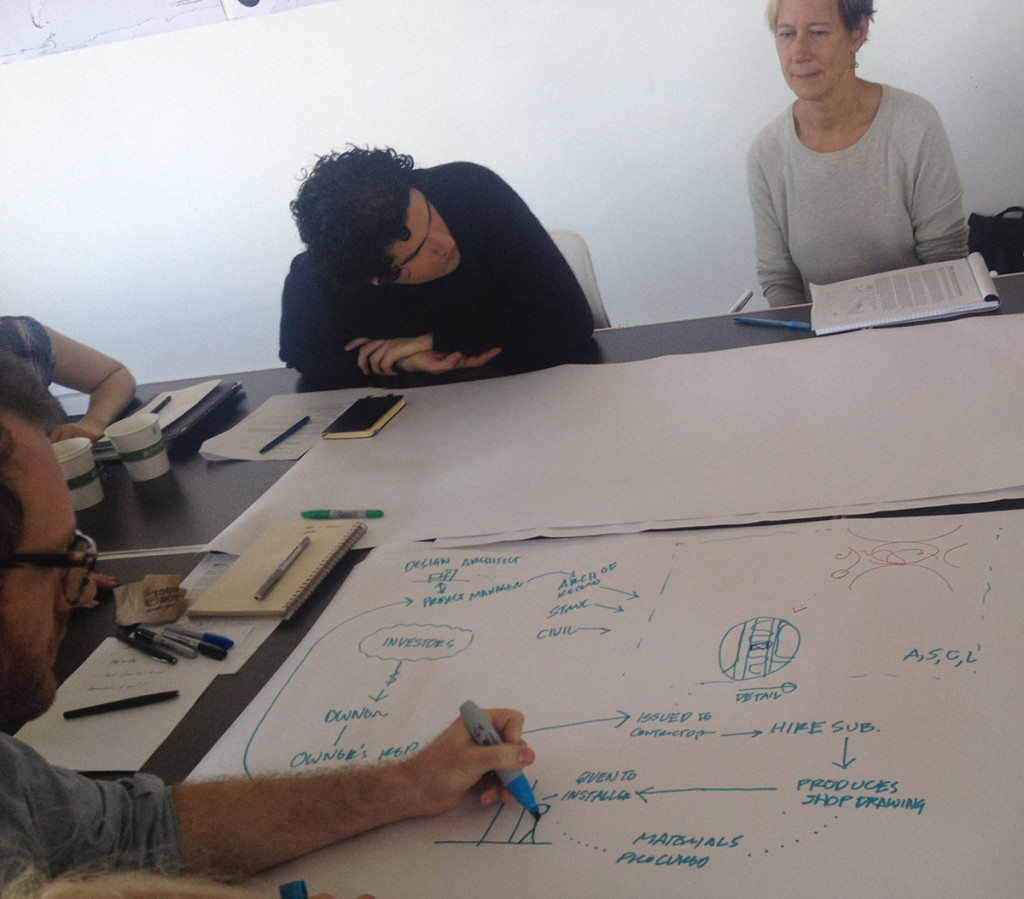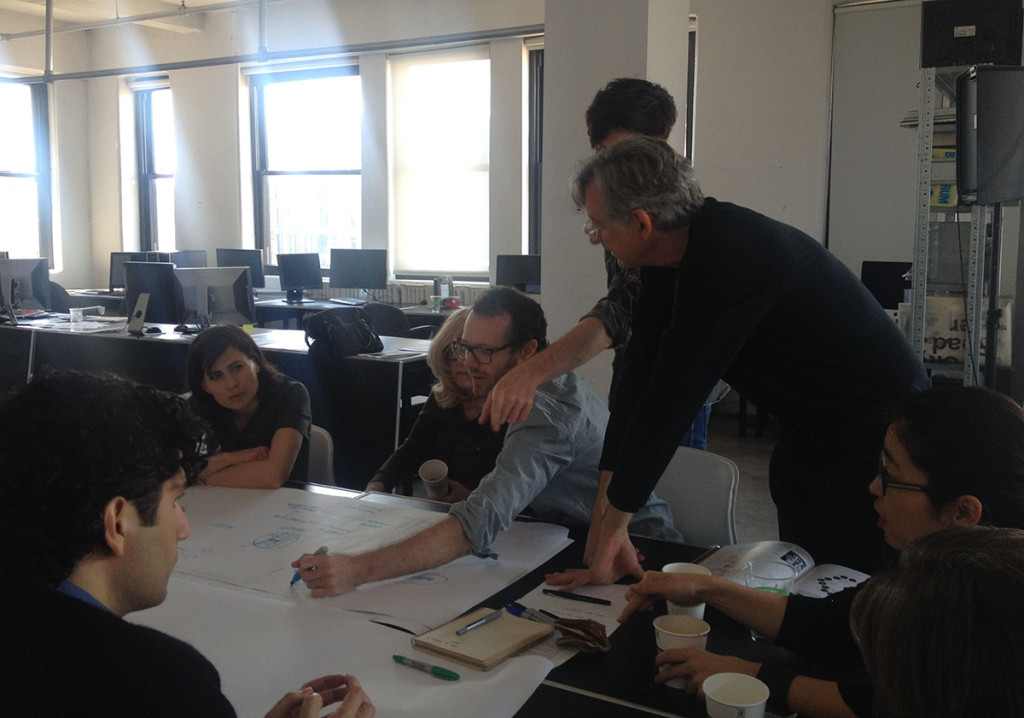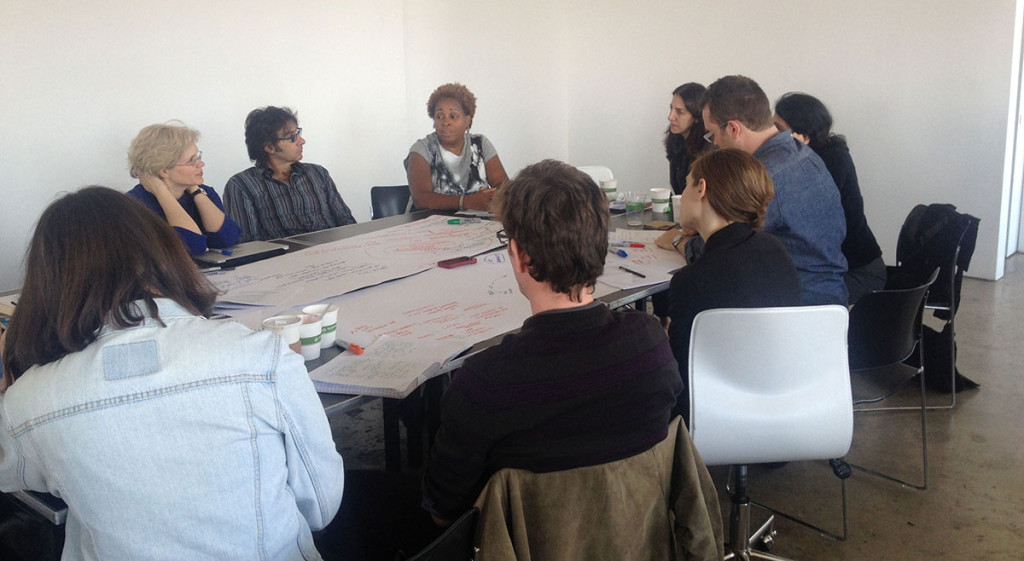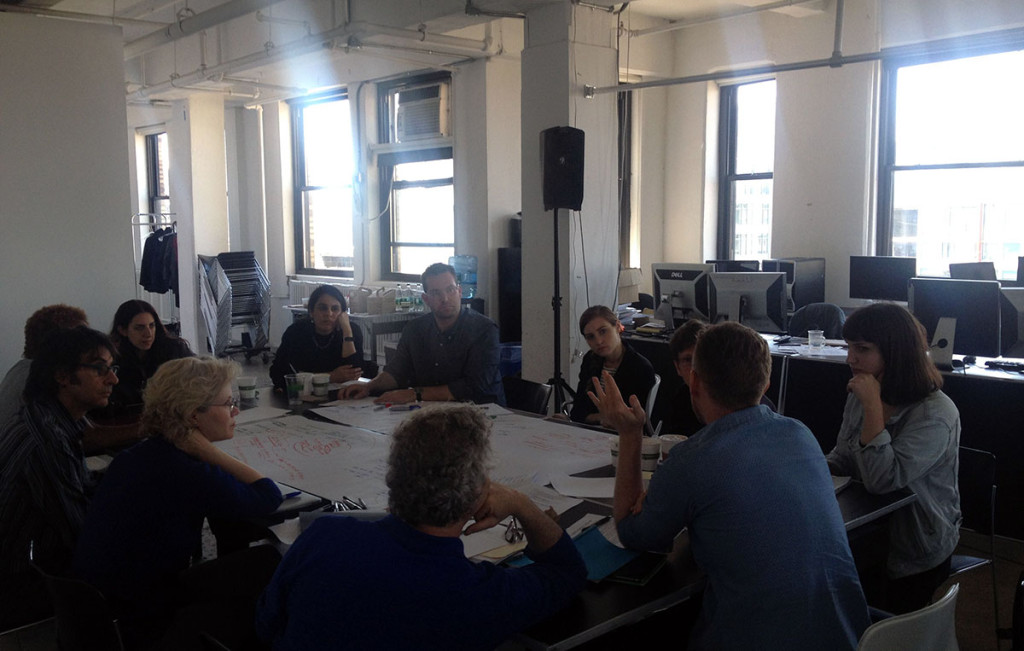WORKshop 2: The Architect: From Office to Jobsite
Building off our first WORKshop, The Worker, this second session focuses directly on the architectural profession in order to better understand the issues linking architects, architectural practice and global workers and more importantly, how architects can address migrant labor rights within their discipline. Zaha Hadid recently stirred up a controversy when she told The Guardian, “I have nothing to do with the workers” and “I cannot do anything about it because I have no power to do anything about it. I think it’s a problem anywhere in the world” when asked about the ongoing human rights violations surrounding the construction of World Cup Stadia in Doha, Qatar. The underlying notion behind this comment is that architects are constrained by legal and contractual obligations from speaking up or taking action about the most detrimental aspects of the profession. WBYA? acknowledges that topics such as state administered law, international labor practices, and questions of citizenship might be outside the realm of what the profession can actively change. We also acknowledge there are robust networks of human rights organizations and more specific labor and migrant rights activists working with workers at home and on the jobsite to address common concerns within their realms of expertise. But the issues surrounding the migrant workers are inherently spatial—spaces of living, spaces of work, spaces of sequestration, and spaces of state sovereignty. Therefore, as architects we are uniquely positioned to address these complex problems within our professional boundaries. After an introduction to the WORKshop, participants joined one of two groups: Design and Construction Networks or Workers’ Housing. Design and Construction Networks: Principles of Zero Tolerance for Exploitation Workers’ Housing: Principles of Fair Housing One of the most pressing issues with migrant construction labor is the availability of housing with decent living spaces, adequate social spaces, and access to urban amenities. Workers are subject to overcrowded dormitory like accommodations with inadequate spaces for socializing, bathing, cooking, and recreating. With camps typically in areas far away from the central areas of the city access to the urban spaces or cultural amenities are often limited, particularly if a resident permit is required. Current housing for workers presents many challenging conditions that include: overcrowded rooms, some without beds and/or mattresses; poor or non-existent air conditioning or climate controls; exposed sewage and septic tanks; poorly maintained units and lack of regular cleaning; no electricity; no running water; poor garbage removal; food accessibility and delivery problems; amps isolated away from neighborhoods and amenities; and no transportation. WBYA? WORKshop at Studio-X New York, GSAPP |
